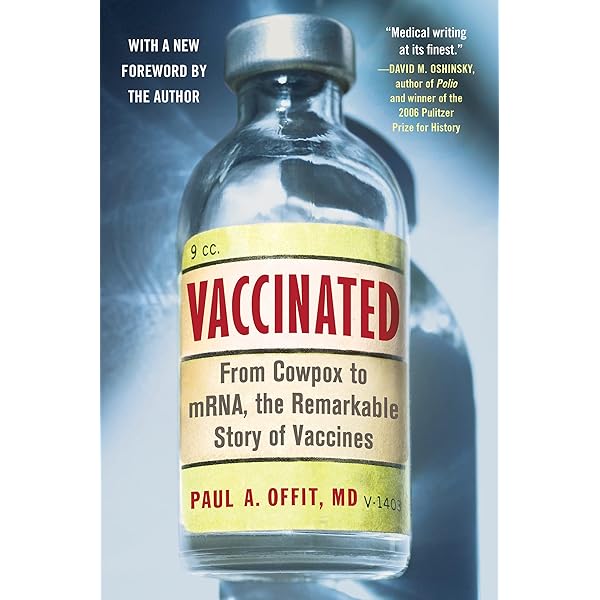
### California’s New Vaccine Legislation: Fostering Public Health Amid Debate
In a definitive action to bolster public health, former California Governor Jerry Brown enacted a law that removes religious and philosophical exemptions for childhood vaccinations. According to the new legislation, California parents may only decline vaccines for their children if a certified physician issues a medical exemption. This initiative is intended to enhance vaccination rates and safeguard at-risk groups from diseases that can be prevented by vaccines, yet it has generated considerable controversy, particularly from anti-vaccine advocates and anxious parents.
### The Rationale for the Legislation
The law was introduced in response to rising outbreaks of diseases such as measles and pertussis (whooping cough), many of which are preventable through vaccination. A particularly notable event was the 2014-2015 measles outbreak connected to Disneyland, which raised national concerns about vaccination rates. California legislators recognized the threats posed by diminishing herd immunity—the situation whereby a sufficient segment of the population is vaccinated, offering indirect protection to those unable to receive vaccines, including infants, expectant mothers, and individuals with weakened immune systems.
By tightening the rules on vaccine exemptions, the new legislation seeks to avert future outbreaks of diseases that can lead to severe consequences. Given the widespread acknowledgment of vaccines as one of the paramount public health measures for disease prevention, policymakers viewed this law as a critical step in safeguarding communities.
### The Nature of the Controversy
Although the bill has the backing of public health professionals and most of California’s residents, it has sparked strong backlash from a portion of the population—particularly represented by the so-called “anti-vaccine movement.” Members of this group contend that vaccines are dangerous, despite a wealth of scientific data disproving such claims. Actor and noted anti-vaccine figure Jim Carrey expressed his dissent on social media, equating the law to authoritarian rule and raising alarms about vaccine components like thimerosal, aluminum, and formaldehyde.
Carrey claimed he is “not anti-vaccine” but “anti-toxin,” highlighting concerns regarding vaccine safety that reflect persistent, largely dismissed myths about immunization. The ongoing belief that vaccines are associated with autism originated from Andrew Wakefield’s discredited 1998 study. Since then, numerous extensive studies have found no evidence linking vaccines to autism. Still, public distrust lingers.
### The Evidence for Vaccine Safety
In contrast to the assertions of vaccine opponents, the science supporting vaccine safety is comprehensive and unequivocal. For instance, specific concerns such as those surrounding thimerosal have been effectively addressed. Thimerosal, a mercury-containing preservative, was eliminated from nearly all childhood vaccines in the United States by 2001, with the exception of some flu vaccines. Furthermore, the levels of aluminum and formaldehyde found in vaccines are negligible when compared to daily exposure from dietary and environmental sources. For instance:
1. **Aluminum**: Naturally occurring in the Earth’s crust, aluminum is present in various foods and beverages. The aluminum quantity in vaccines is minuscule relative to what individuals ingest in their daily diets.
2. **Formaldehyde**: This compound is utilized to deactivate viruses in vaccine manufacturing, yet our bodies produce formaldehyde naturally as part of normal metabolism. A newborn’s blood contains ten times more formaldehyde than is found in any vaccine.
3. **Vaccine Dosage and Toxicity**: Toxicity is contingent on the dose, exposure duration, and frequency. Studies have demonstrated that the constituents of vaccines—when administered at suggested doses—pose no health risks.
Although it is possible, though highly uncommon, for someone to experience an allergic reaction to a vaccine, such reactions are akin to allergies to bee stings or peanuts and are generally manageable. The majority of individuals who experience mild, transient side effects, such as injection site redness or low-grade fever, recover without complications.
### Reasons Misunderstandings Endure
The vaccine controversy persists for several reasons. One principal factor is how humans process information and detect patterns. Our brains are predisposed to identify patterns and correlations, even in the absence of any. For instance, autism is frequently diagnosed around the same time children receive the MMR (measles, mumps, and rubella) vaccination. For parents observing this timing, it can be instinctive to connect the two. However, statistical analyses have consistently demonstrated that any overlap is merely coincidental, not causative.
Moreover, once a controversy takes root, it can be exceptionally challenging to mitigate. Misinformation spreads rapidly online, bolstered by social media and sensationalist news. Figures like Andrew Wakefield, who ignited the autism-vaccine panic, along with public personalities like Jim Carrey, intensify these discussions, creating a feedback loop of fear that persists despite compelling evidence to the contrary.
Psychological factors complicate the issue further: instilling fear is often simpler than providing reassurance. A striking yet unfounded anecdote tends to outweigh dry, evidence-based explanations in persuasion.